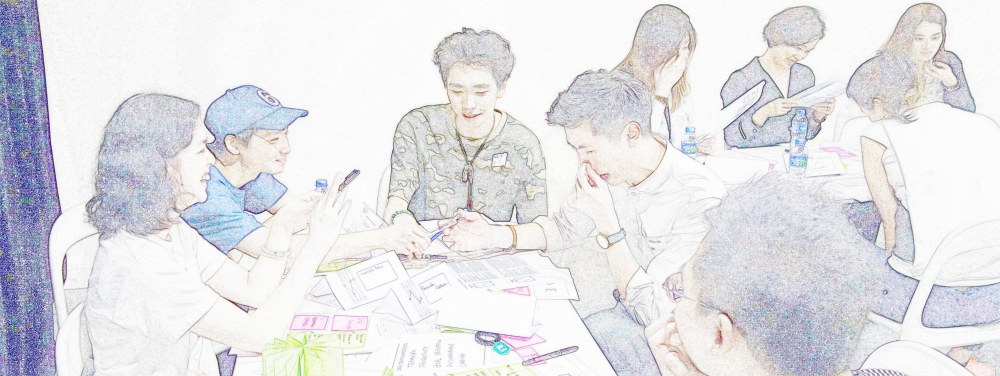
Many people have some kind of obsession or interests in personality assessments. They give you ways to understand and perhaps “predict” a person. Be it MBTI, DISC or even pick-an-animal assessment, it gives you power.
I am also interested, if not obsessed, in using these instruments to understand and work with others. However, the personality assessment industry is designed to be descriptive. Emre has outlined clearly in her book, “The Personality Brokers: The Strange History of Myers-Briggs and the Birth of Personality Testing”, the origin of such commercially used assessments are tuned for identifying the types of people, and more or less resulting in a “people are their types” mindset.
And we also tend to have different faces. Do we all find that we behave differently at work and at home, or when we are with friends? And more puzzling is that we may behave differently in different work teams. How do you really account for that?
Wouldn’t it be great if there is a tool that can help us understand our behaviour patterns, and can also support us beyond merely “now you are aware of this, you should remind yourself of changing that” method. Wouldn’t it be even better if it can go beyond awareness-based changes?
Last year, I found Focus Energy Balance Indicator (FEBI) and started my FEBI journey.
Simply put, FEBI does not just measure a person along different dimensions or attributes. Instead, we all have 4 basic behaviour “energies” that we can activate. Because of our past experience, cultures and developmental pathways, we may utilize one energy patterns more than the others. These overall patterns form the styles of our everyday maneuvers. With different groups, we may also be activating different patterns that we unconsciously deem fit.
It also means that we can activate our other energy patterns if we know how to.
FEBI, with its roots linking behaviours, physiology and neuroscience, had devised ways through embodied movements, i.e. not just use the mind to train the body, but also use the body to train the mind.
So, when you find yourself needing more strength from an energy pattern, you can activate it by raising awareness, body movement, altering breathing patterns, and even by changing contextual variables (the surrounding environment and sound).
We will introduce the 4 basic energy patterns in the next post.

